All of us know that tourism is one of the potential growth sector of Nepal. Next truth is that tourism sector is one which is mostly to totally operated by private sector in their own way. Government’s role is very much nominal comprising of policy formulation, budgeting and regulation in top down basis. When we come to the interrelation between disaster and tourism, the situation become dismal. This short article is related to study of disaster impacts in Bhotekoshi area, Sidhupalchok and concern raised about disaster resilience of tourism business.
One can easily imagine the difficulties encountered by tourism units of Bhotekoshi riverside, Sindhupalchok amidst multiple disaster events at least one big catastrophic one in a year in all three consecutive summer of 2071, 2072 and 2073. Consequences of these disaster events ranges from blockage of Kodari road linking Chinese market to Kathmandu via different small roadside settlements of Kabre and Sindhupalchok. Results with deeper effects include destruction of buildings, loss of lives and property, severe damage to the road alignments, non operation of cross boarder trade with China via Tatopani thus directly influencing the economic activities like employments and income to locals from the trade as well as earning of tourism related business like resorts, rafting, bungy jumping and other spill over effects from number of tourists inflow to the Bhotekoshi area.
Tourism business unit with track record of first Bungy Jump operation in Nepal starting since 1999 at Nayapul, Sidhupalchok located exactly 100 km away from Kathmandu on Kodari road. The resort across the Bhotekoshi river built a suspension bridge on which bungy jump is conducted as an adventure tourism. Same owner and management team is also running a well equipped and unique resort named “The Last Resort” across the privately built bridge on which the Bungy Jumping is in operation. It is learnt that the Last Resort founded in 1999 jointly by one Nepalese and three foreigners seems to survive even after afore mentioned large scale disaster events. Question arises “Did it remain in operation in post disaster scenario?” It is learnt that the activity of the resort as well as Bungy Jumping remain closed for cumulative total of nearly one year. We can imagine the loss incurred to the business. Average of 40 persons enjoy Bungy Jumping daily in the location. The last resort provide perfect environment, hospitality and cooperation with guests. Added roles are protecting the hilly slopes, falls and greeneries so as to maintain the attraction of Bhotekoshi riverline, Sindhupalchok. For this there is need of mainstreaming disaster risk reduction activities along with development activities. It is needless to mention that transport infrastructure is the key to socioeconomic development. In this aspect question arises “Who care about the Barabise-Kodari road reconstruction and its smooth functioning”? Without operation of road as basic infrastructure the slogan of “complete recovery and build back better” becomes meaningless. Local communities including the tourism units are waiting eagerly for operation of Tatopani border point towards China. Roadside shops and small business units are known to be displaced and comeback after 6-7 months of the earthquake. Few families still in another place and few another activities remain closed. Earthquake damaged Bhotekoshi hydropower project which was almost ready to operate at that time, is now in the process of reconstruction.
In simple terms, disaster resilience is the capacity to withstand and adapt successfully in the state of threats and disasters. Resilience capacity is necessary for inbound tourist flow after disaster event. According to Tyrell and Johnson (2008), tourism resilience or resilience applied to tourism is the ability of social, economic or ecological systems to recover from tourism related stress. It is important to note that a disaster resilient destination has the capacity to build and achieve resilience, which is necessary to recover/increase inbound tourists flows, to ensure flexibility, transition, innovation and to build a trajectory for a renewed attractiveness or image. For this tourism business owner, local communities, local government units including security forces and central level policy institutions. Supports and initiatives of development partners and N Go’s/CBO’s are also meaningful provided the resources and efforts are made in coordinated way.
In sum, resilience building is aggregate of all preparatory works, capacity building and institutional strengthening so that any sector such as tourism. Awareness activities, policy coordination, preparation with available materials and human resources is fundamental for the resilience building. Added advantage will be there if one can develop, adapt and install early warning system of natural disasters like flood, landslides etc. Small investment in preparatory tasks will save huge loss in case of unpredictable but possible disaster event in coming days. Responsible, operators and stakeholders of Bhotekoshi area should make common understanding about resilience building and macro aspects like cross boarder issues and reconstruction and maintenance of road and other essential infrastructure should be in strategic priority of central government in participation of local units. Lets hope that situation will change in favour of local residents and tourism units so that adventure tourism in the area gets full swing thus contributing to national economy.

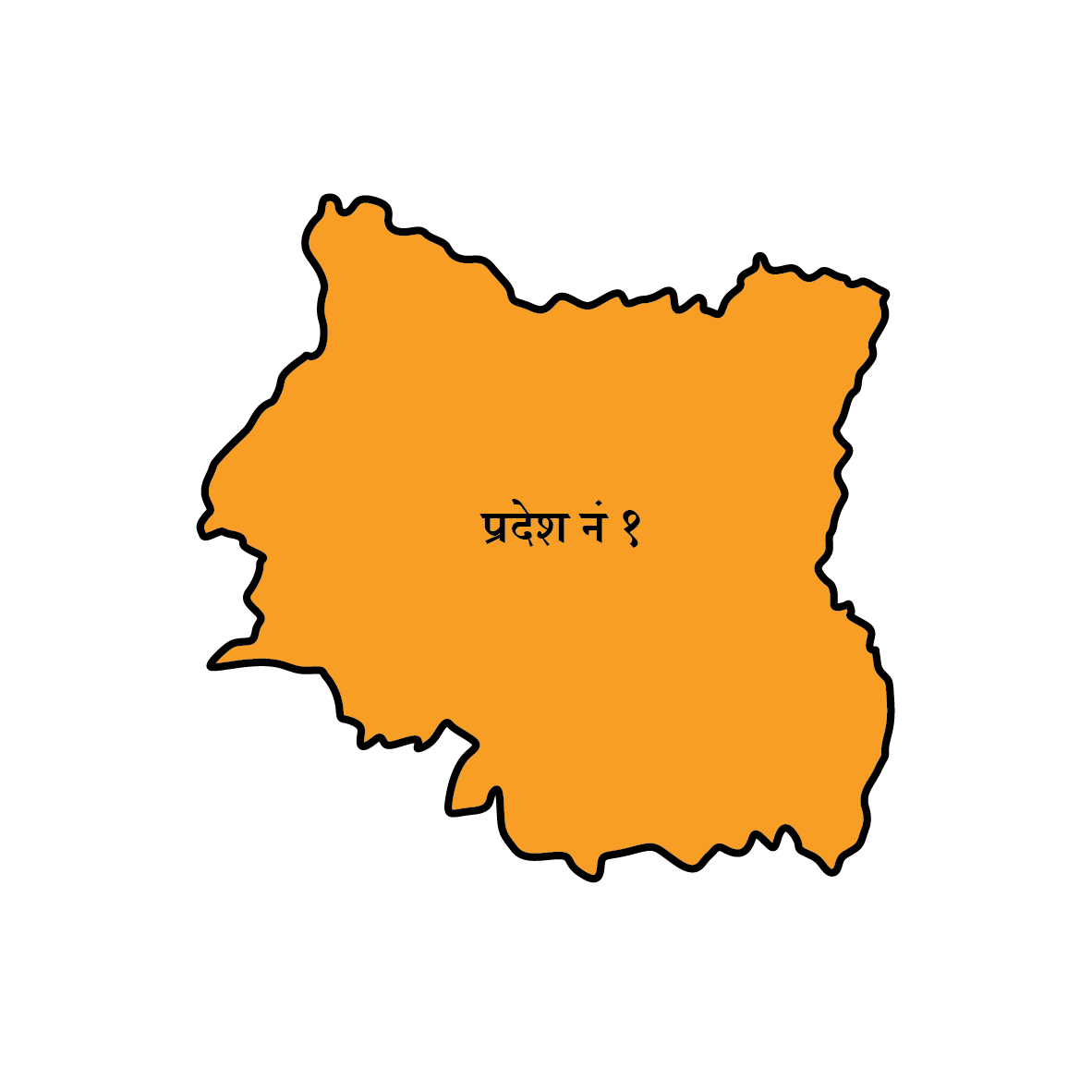 कोशी प्रदेश
कोशी प्रदेश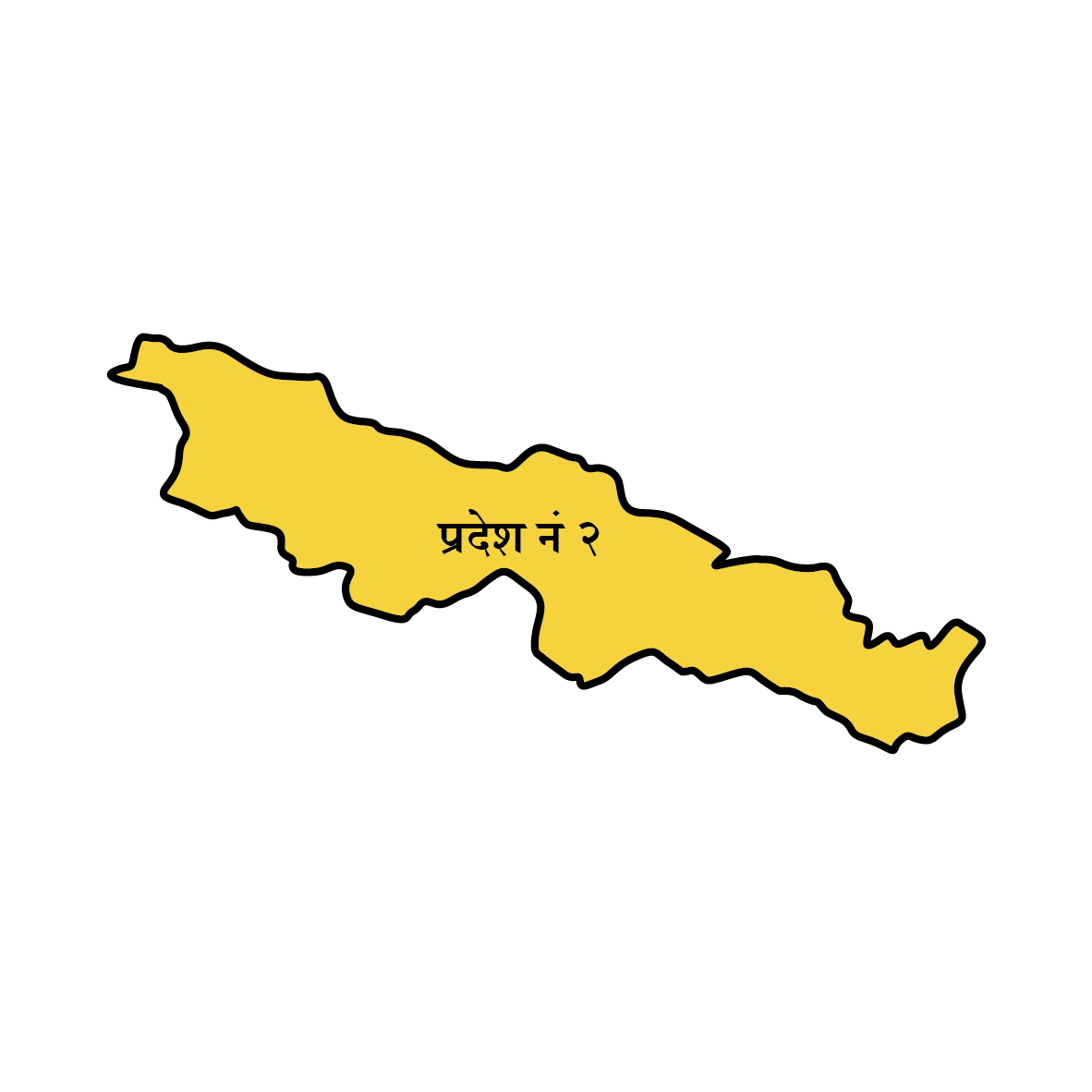 मधेश प्रदेश
मधेश प्रदेश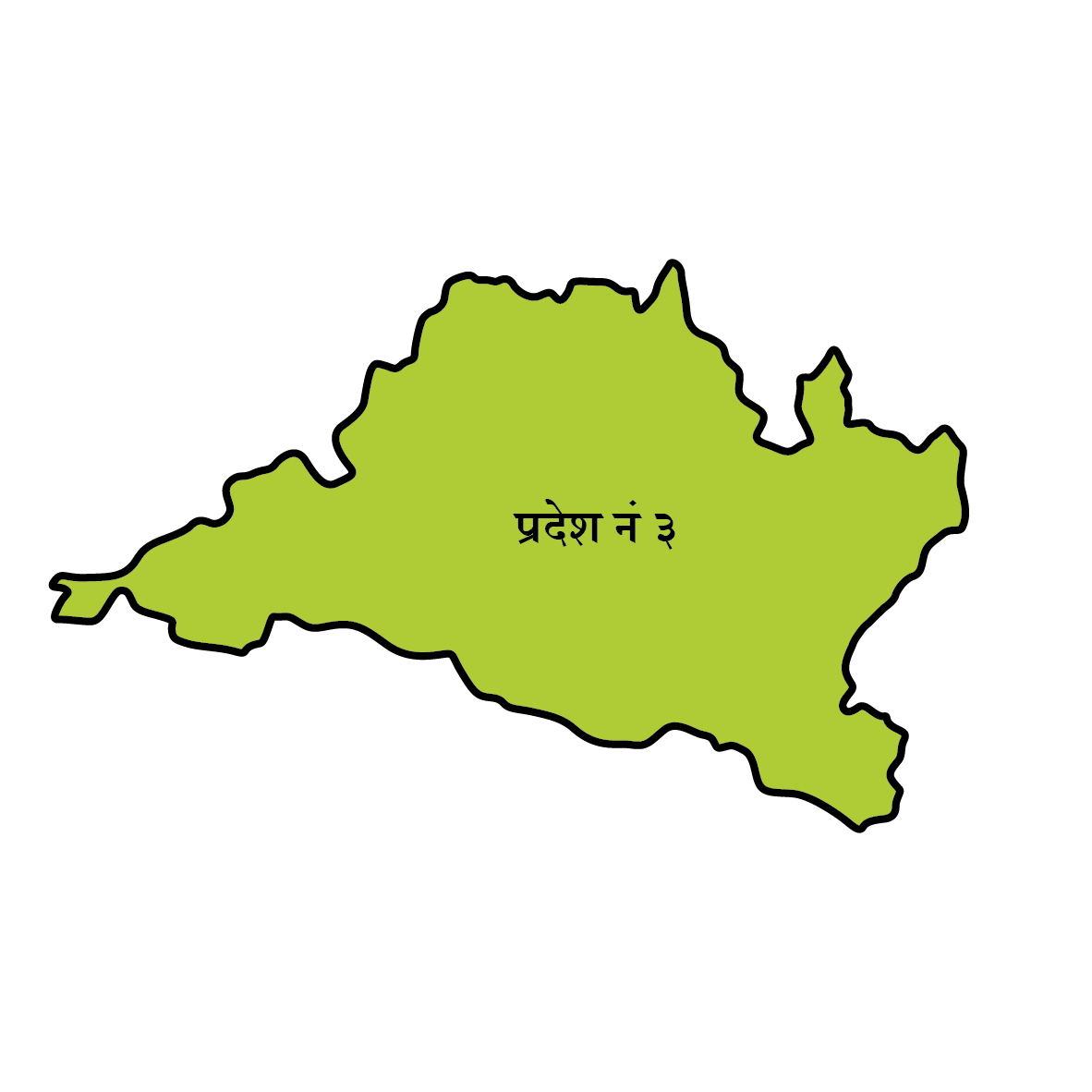 बागमती
बागमती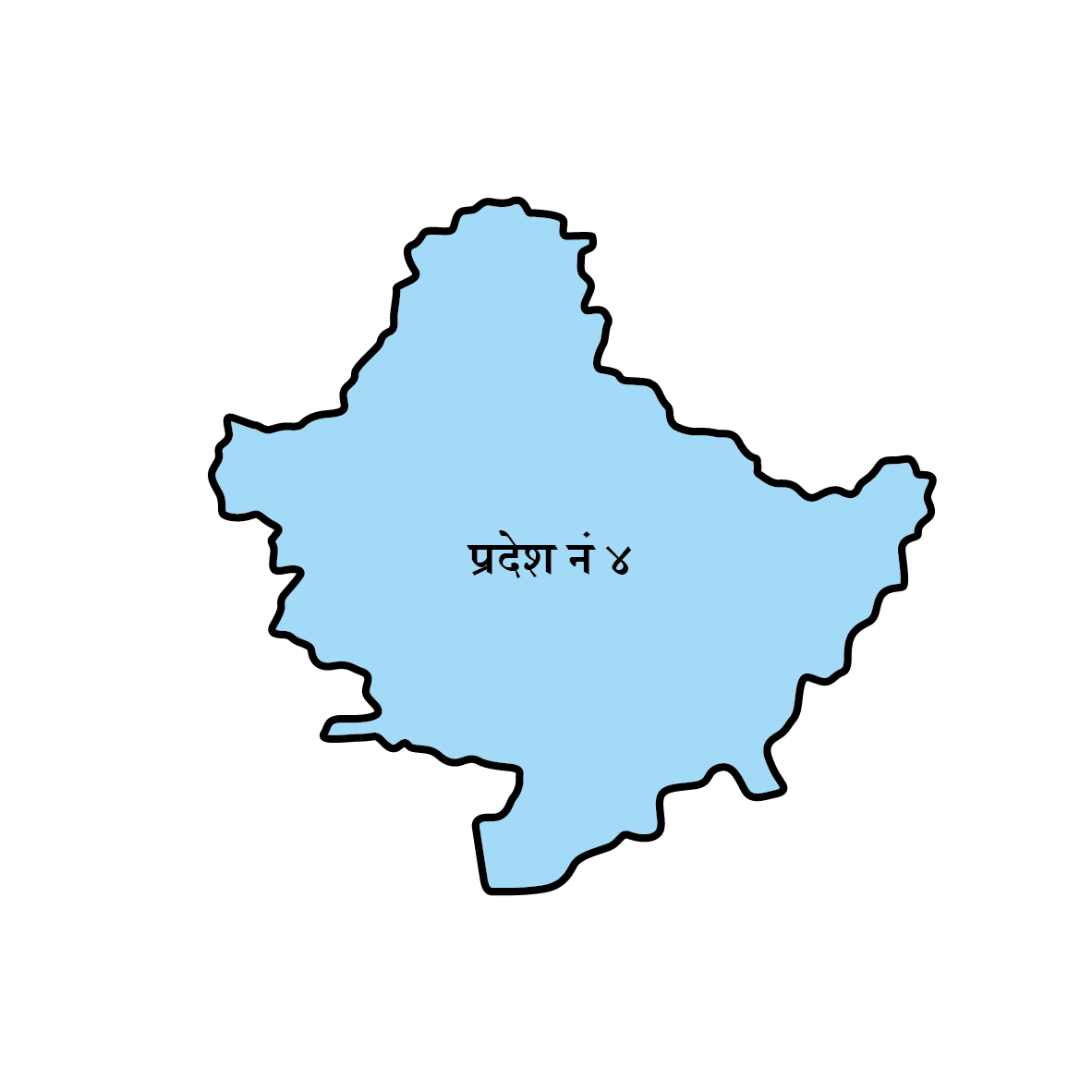 गण्डकी
गण्डकी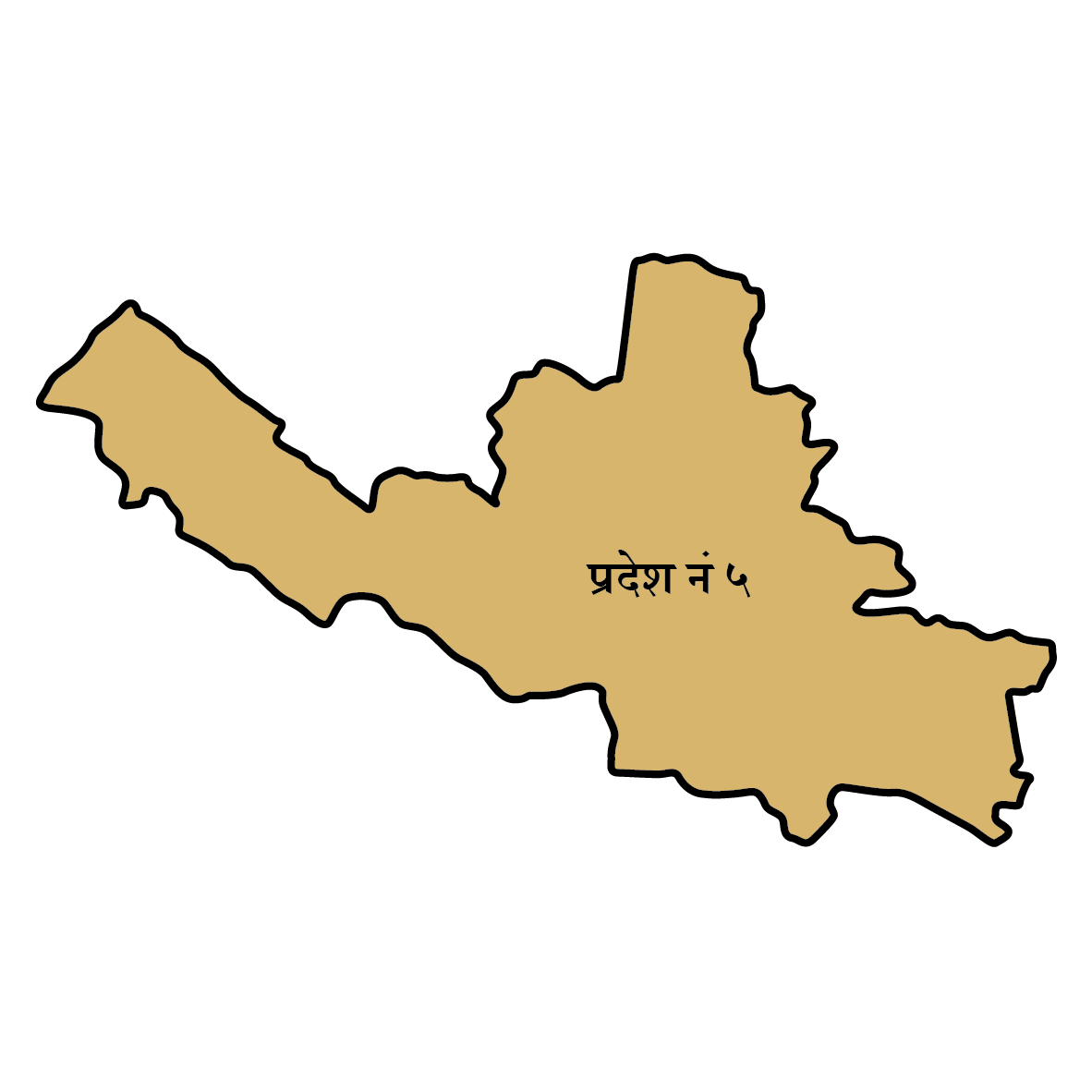 लुम्बिनी
लुम्बिनी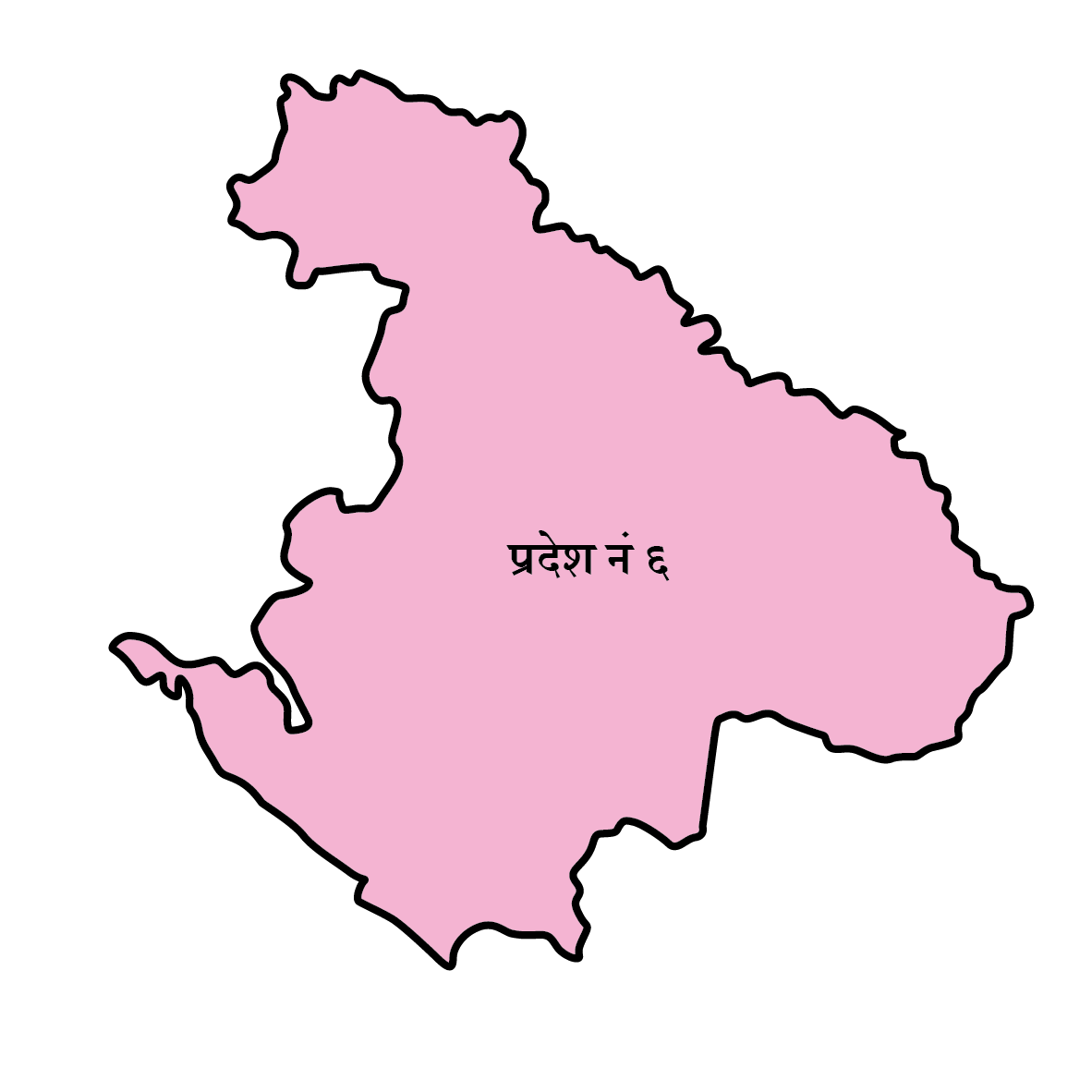 कर्णाली
कर्णाली 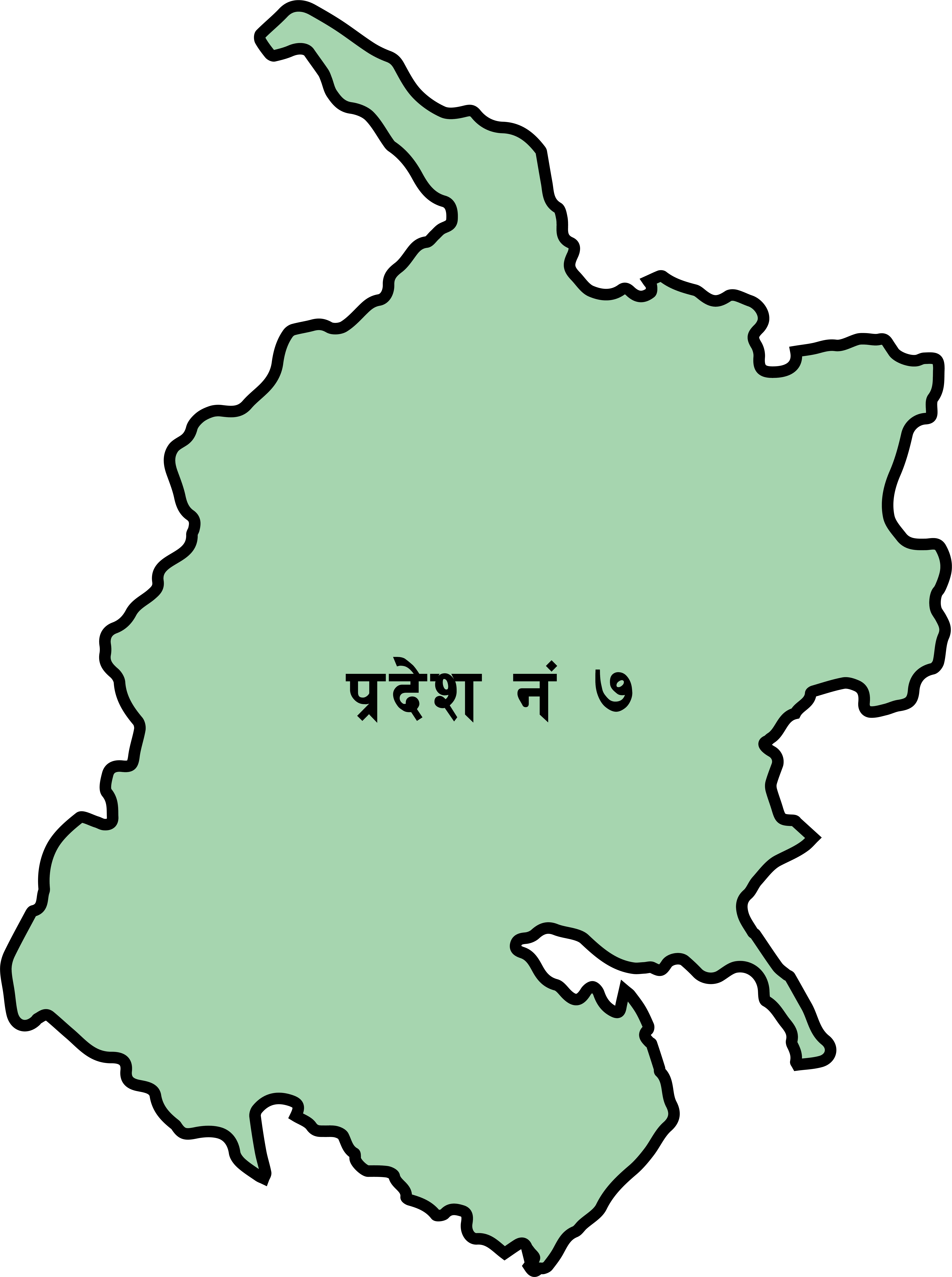 सुदूरपश्चिम
सुदूरपश्चिम
















